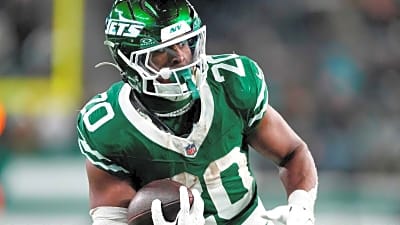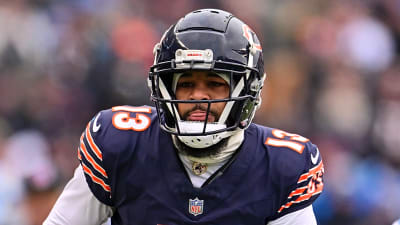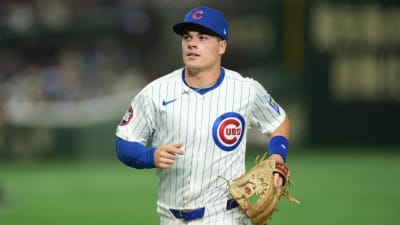
The Athletics have a few different paths available to them at the trade deadline, and with the team sitting on a 42-61 record, they're going to be selling, and they're likely to end up with a lottery pick in the 2026 MLB Draft. This isn't exactly the season the club was hoping to have after going .500 in the second half of the 2024 campaign.
There have been plenty of rumors swirling around as the trade deadline nears; will Mason Miller be traded? What about Luis Severino, Jeffrey Springs, or JP Sears? They also have some expiring contracts they could move like Miguel Andujar, Gio Urshela, and Luis Urías.
Here are the paths the A's could take, and what each of them would tell us about how the A's view themselves moving forward.
Trade expiring contracts
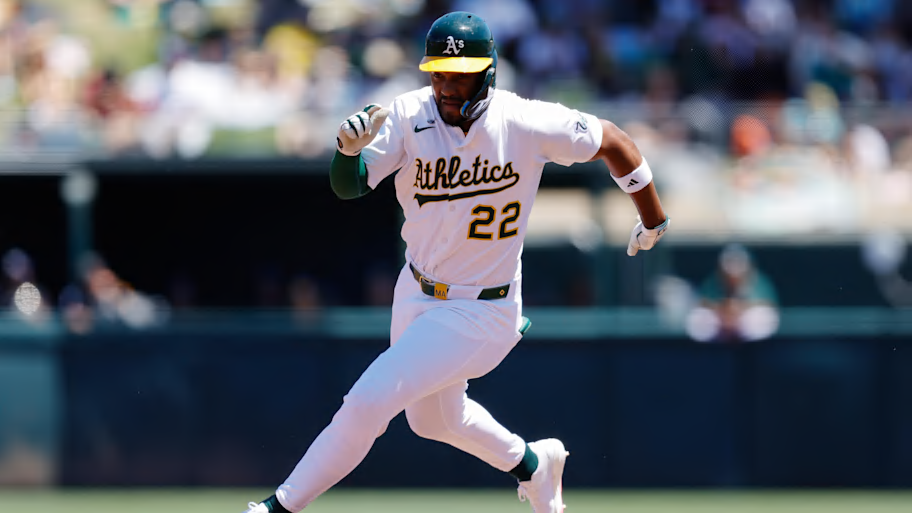
If the A's stick with just moving the guys on expiring deals, they'd be clearing up the 40-man roster for the offseason, while also getting some smaller pieces back in those deals. Andujar is likely the biggest trade chip of this group, given his high contact rate, which could make him the target of a contending team as a bench bat for October.
If the A's go this route, they'd be standing pat, at least for now, with the view that they'll make some adjustments in the offseason, which could give them more room to provide opportunities for some of their young pitchers in 2026. Perhaps they'd be able to get a reliever option or two in these types of deals, which could set them up for next year.
According to Baseball America, the A's top four prospects are all pitchers--Gage Jump, Jamie Arnold, Jack Perkins and Luis Morales. Perkins is already in the A's bullpen as a long-man, Morales is in Triple-A, Jump is with Double-A Midland, and Arnold was the A's first-round selection in this year's draft, but could zip through the minors and be available at some point in '26.
That's on top of the returns of Ken Waldichuk and Luis Medina, who have been out all of 2025 due to injury. Not all of these pitchers will have ample opportunities in the A's rotation, but the team will have a new crop of highly touted prospects to choose from that could lead to better results for the A's in 2026.
That would be the hope, at least.
Trading Jeffrey Springs
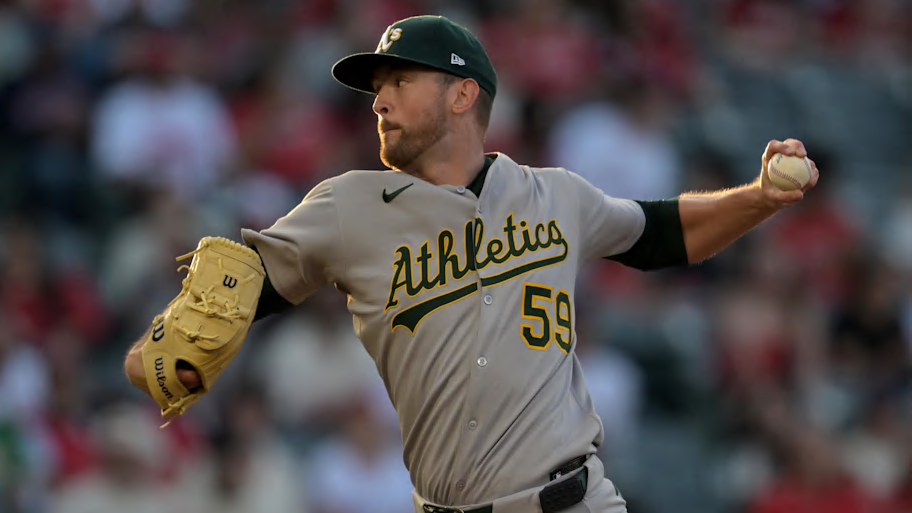
While this could technically be trading Severino, Springs or Sears, we think that trading Springs would be the big move, since he has been the A's most consistent starter since the beginning of May, and had an ERA of just above three in that span up until his most recent outing.
If the A's were to move Severino, you could argue that he hadn't pitched well at home, and the A's may actually be better off without his 6.68 ERA at Sutter Health Park. Moving that contract could even open them up to some extra spending in the offseason.
If they traded Sears, that would be more of an announcement to the clubhouse. Sears has been great for what the team needed through the A's rebuilding years, taking the ball every fifth day since he joined the A's rotation in 2022, but he's also been roughly a league average starter in that time.
While that's perfectly acceptable, the message would be that everyone needs to up their game, while nobody is immune from the hard decisions that need to be made.
The reason that trading Springs would tell us something different is because he has been pretty solid for the A's this year, and taking his performance away from the club may be a signal that the front office is using 2026 as another building year, instead of one where they'll be hoping to push towards making the postseason. That crop of pitching prospects could change that, but it's tough to bank on young pitchers hitting the ground running.
Trading Mason Miller
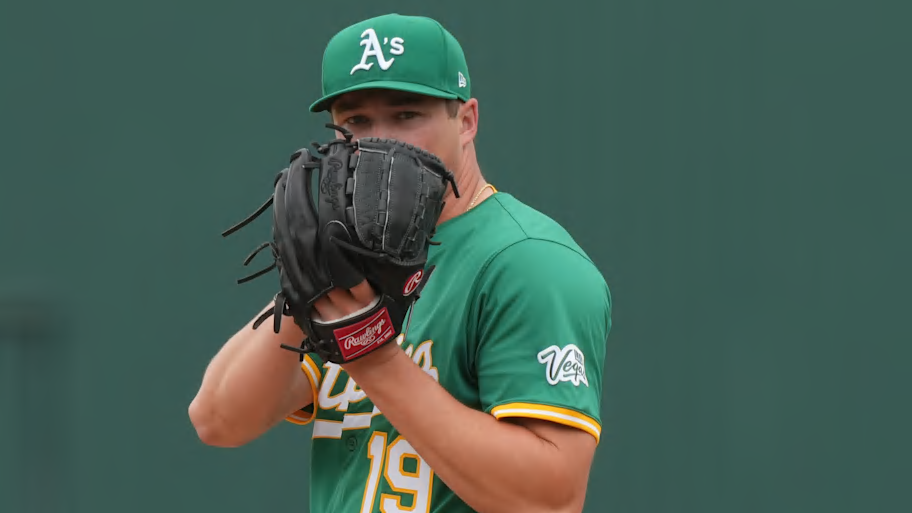
Mason Miller is the biggest trade chip the A's have, and some on social media have argued that they should trade him since he only pitches a couple of times a week. They also feel that with the A's seemingly so far away from contention, that having an All Star closer isn't a necessity. Those are all valid points.
The question is whether the front office believes this roster can contend next season. Say the A's kept Springs, but traded Severino and/or Sears. You could see one of the young pitchers getting a shot in the rotation, and some work being done to the bullpen, and all of a sudden the A's are taking a big step forward.
The A's offense ranks seventh in home runs and ninth in OPS, so the bats are arguably good enough to get the A's to at least .500--it's the pitching that could use a boost.
If the A's are hoping to contend at all in 2026, it's tough to see that happening without Miller on the roster. While the bullpen has been bad overall, the A's closer has still been solid. Trading him would mean replacing yet another arm in the bullpen, while also creating a big hole in the ninth inning.
Depending on what kind of a return the A's would be looking at, trading Miller would put them even further back in the rebuild process and would be a signal that the A's are playing for 2028, when their Las Vegas ballpark is expected to open.
Long story short, in the first scenario, the A's could see themselves running it back in 2026 and hoping that a new mix of players will help them avoid a 1-20 run, which would have them in postseason contention. In the second scenario, it's still possible that 2026 is on the table, but the task would be a bit harder.
Losing Miller would be a pretty big blow, and could set the A's back until 2028, so that the A's could maximize the return in that deal.
More must-reads:
- Dodgers' Shohei Ohtani ties franchise record with HR vs. Twins
- Phillies star hits milestone home run against Red Sox
- The 'MLB All-Star Game MVPs' quiz
Breaking News
Trending News
Customize Your Newsletter
 +
+
Get the latest news and rumors, customized to your favorite sports and teams. Emailed daily. Always free!

